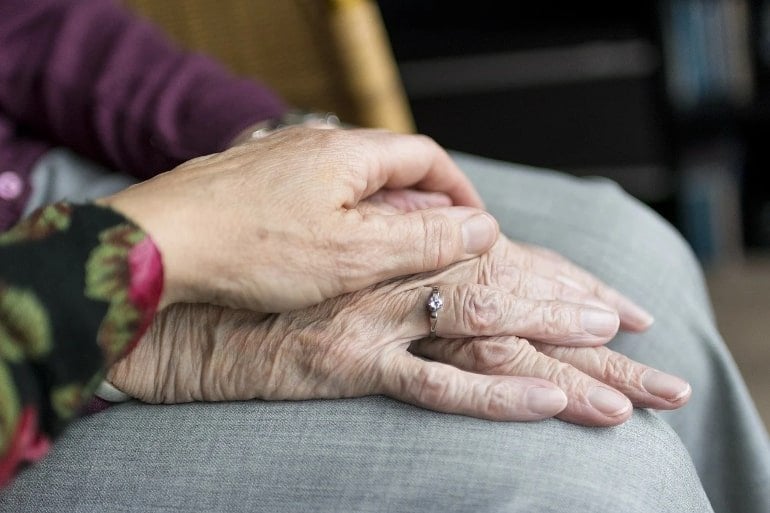Summary: Older adults who take statin drugs have a lower risk of developing Parkinson’s disease or parkinsonism symptoms later in life compared to those who do not take statins. Researchers speculate this may be because statins have a neuroprotective effect on arteries in the brain.
Source: AAN
Parkinsonism is a term for a group of neurological conditions that cause movement problems including tremors, slowed movement and stiffness, with Parkinson’s disease being one of the better knowns causes.
A new study suggests that older people taking statin drugs have a lower chance of developing parkinsonism later compared to people who were not taking statins.
The research is published in the March 23, 2022, online issue of Neurology.
Statins are drugs used to lower cholesterol in the blood and protect against atherosclerosis, a buildup of plaque in the arteries that can lead to hardening of the arteries, heart attack and stroke.
“Our results suggest people using statins may have a lower risk of parkinsonism and that may be partly caused by the protective effect statins may have on arteries in the brain,” said study author Shahram Oveisgharan, MD, of Rush University Medical Center in Chicago.
“Our results are exciting, because movement problems in older adults that come under the umbrella of parkinsonism are common, often debilitating and generally untreatable.”
The study looked 2,841 people with an average age of 76 who did not have parkinsonism at the start of the study. Of those, 936 people, or 33%, were taking statins.
Researchers followed up with participants annually for an average of six years to check the statins they were taking and to test for signs of parkinsonism.
People were considered to have parkinsonism if they met the requirement for mild impairment for two or more of the following symptoms: tremor, stiffness, parkinsonian gait, which is marked by small shuffling steps and a general slowness of movement, and bradykinesia, a hallmark of parkinsonism which is difficulty moving the body quickly on command.
By the end of the study, 1,432 people, or 50%, developed signs of parkinsonism. Out of 936 people taking statins, 418 people, or 45%, developed parkinsonism six years later, compared to 1,014 out of 1,905 people, or 53%, of those who had not been taking statins.
After controlling for age, sex and vascular risks like smoking and diabetes that could affect risk of parkinsonism, researchers found that people who had been taking statins, on average, had 16% lower risk of developing parkinsonism six years later compared to those who had not been taking statins. About 79% of people on statin therapy were taking moderate or high intensity statins. Researchers found that people taking higher intensity statins had a 7% lower risk of developing parkinsonism compared to those on low intensity statins.

Researchers also examined the brains of 1,044 people who died during the study. They found those who had been using statins had, on average, 37% lower odds of having atherosclerosis compared to those who had not been using statins.
“More research is needed, but statins could be a therapeutic option in the future to help reduce the effects of parkinsonism in the general population of older adults, not just people with high cholesterol or who are at risk for stroke,” Oveisgharan said.
“At a minimum, our study suggests brain scans or vascular testing may be beneficial for older adults who show signs of parkinsonism but don’t have classic signs of Parkinson’s disease or do not respond to Parkinson’s disease medications.”
A limitation of the study is that parkinsonism evaluations were not performed by movement disorder specialists, so cases of Parkinson’s disease may have been misclassified.
About this Parkinson’s disease research news
Author: Press Office
Source: AAN
Contact: Press Office – AAN
Image: The image is in the public domain
Original Research: The findings will appear in Neurology






